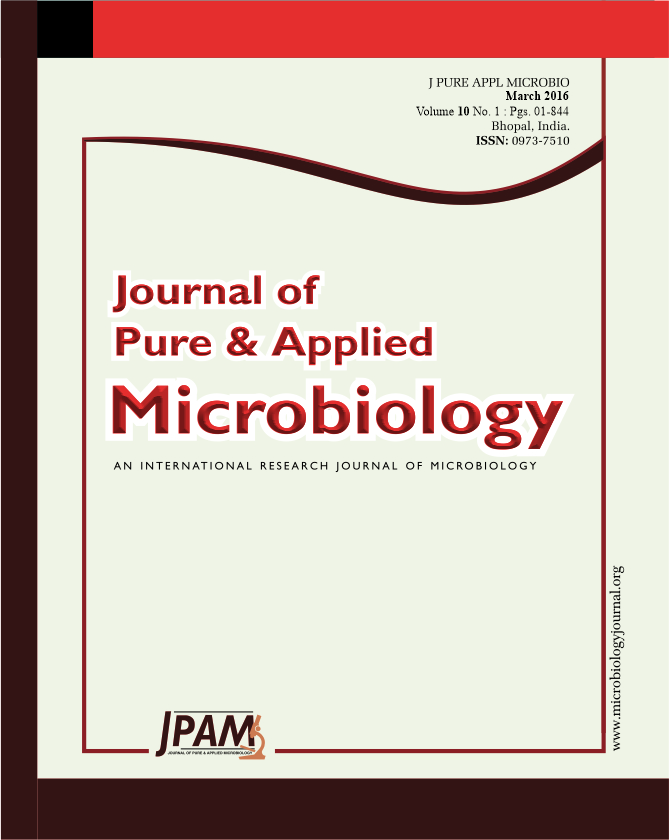The world is in front of deteriorating liquid fuel reserves at a time when energy demand is exploding. The requirement of energy is growing constantly due to the upturn in population mass and industrial development. Currently, the persistent use of petroleum-based fuels is considered as unsustainable because of the running down supplies and the involvement of these fuels in the addition of carbon dioxide in the atmosphere leading to intensification of global warming. As supply diminishes and expenditures increases, countries will be compelled to employ substitute energy sources e.g. natural gas, coal, hydro electrical and nuclear. In order to accomplish a safe and sound energy source that does not cause ecological destruction, renewable energy sources must be discovered and favorable technologies needs to be established with the passage of time. Biofuel derived from microalgae has the capability for high volume and economical production. It can be carbon unbiased and manufactured intensively on non-agricultural land. The superiority of the fuel product is as good as to petroleum diesel that can be incorporated with negligible change into the current fuel set-up. The use of microalgae as a prospective feedstock source for biofuel production offers many global environmental and socio-economic advantages, namely faster growth rates, high biomass and lipid production. In the past decades, wide-scale screening of naturally occurring algal strains have been done all over the world. This paper analyses the existing position of various microalgae species for biofuel production as well as its comparison with other available feedstocks.
Microalgae, Renewable energy, Biofuel production.
© The Author(s) 2016. Open Access. This article is distributed under the terms of the Creative Commons Attribution 4.0 International License which permits unrestricted use, sharing, distribution, and reproduction in any medium, provided you give appropriate credit to the original author(s) and the source, provide a link to the Creative Commons license, and indicate if changes were made.


